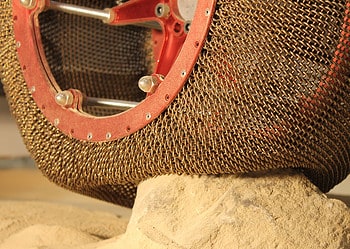A piece of birch pitch used as chewing gum by one of our ancestors is yielding a wealth of genetic data for researchers. A team at the University of Copenhagen has now extracted the complete genome of a human female from a piece of ancient ‘chewing gum’. This 5,700 year-old material was made from birch pitch, the authors report, and was found during excavations in Lolland, Denmark.
It is amazing to have gotten a complete ancient human genome from anything other than bone,” says Associate Professor Hannes Schroeder from the Globe Institute, University of Copenhagen, who led the research.
‘What is more, we also retrieved DNA from oral microbes and several important human pathogens, which makes this a very valuable source of ancient DNA, especially for time periods where we have no human remains”.

Old gum, new insights
The genetic data indicates that this gum was chewed by a female, who was more closely related to hunter-gatherers from mainland Europe than to those who lived in central Scandinavia at the time. The team reports she likely had dark skin, hair, and blue eyes.
Her birchy chewing gum was found during archaeological excavations at Syltholm, east of Rødbyhavn in southern Denmark, which were carried out in advance of a tunnel construction project. The team explains that the conditions at Syltholm are “completely unique”, with the muddy soil helping to preserve organic mater.
“It is the biggest Stone Age site in Denmark and the archaeological finds suggest that the people who occupied the site were heavily exploiting wild resources well into the Neolithic, which is the period when farming and domesticated animals were first introduced into southern Scandinavia,” says Theis Jensen, Postdoc at the Globe Institute, who worked on the study for his PhD and also participated in the excavations at Syltholm.
The genetic material extracted from the piece of gum supports this timeline — the team found traces of hazelnut and duck DNA in the material. In addition, they also recovered DNA from several strains of oral microbes, some helpful and other opportunistic pathogens. Among them, the team found DNA strands that could be originated from the Epstein-Barr Virus, which is known to cause infectious mononucleosis or glandular fever. Professor Schroeder says this illustrates the value of ancient ‘chewing gums’ in researching our ancient microbiomes, their evolution over time, and the evolutionary path of important human pathogens.
Birch pitch is a dark substance produced by heating the tree’s bark. It enjoyed extensive use in ancient times as a glue, most notably for securing stone tools to their wooden handles. However, quite a number of pieces of this pitch have been found with tooth imprints, suggesting that they were also enjoyed as a kind of chewing gum, for oral hygiene, or as a medicine against toothache (it has mild antiseptic properties). Alternatively, it has been suggested that people chewed the material to prepare it for use (the pitch solidifies on cooling).
The paper “A 5700 year-old human genome and oral microbiome from chewed birch pitch” has been published in the journal Nature Communications.






